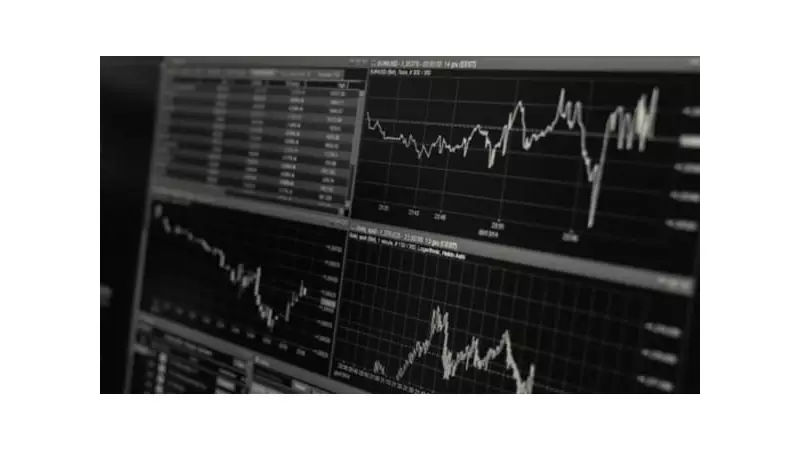
In a dramatic turnaround that's sending shockwaves through global financial markets, the world's most powerful central banks are collectively slamming the brakes on their monetary easing programs. The era of cheap money that defined the post-pandemic recovery appears to be drawing to a decisive close.
The Global Policy Reversal Gains Momentum
From the hallowed halls of the Federal Reserve to the European Central Bank and emerging market institutions, policymakers are singing the same tune: the inflation battle isn't over, and premature celebrations could undo years of painful economic adjustments.
Recent economic data from major economies has painted a complex picture—while inflation has retreated from its terrifying peaks, it remains stubbornly above target levels. More concerning for central bankers, core inflation measures continue to show persistent underlying pressures that refuse to dissipate completely.
What's Driving This Historic Shift?
- Stubborn Inflation: Despite aggressive rate hikes, service sector inflation and wage growth remain elevated across developed economies
- Resilient Labor Markets: Unemployment rates near historic lows give central banks less urgency to stimulate growth
- Geopolitical Risks: Ongoing conflicts and trade tensions continue to threaten supply chains and energy prices
- Strong Economic Data: Better-than-expected GDP growth reduces the need for monetary support
Market Implications: Prepare for Turbulence
The investment landscape is undergoing a fundamental transformation as traders recalibrate their expectations. The "higher for longer" interest rate narrative is now firmly entrenched, forcing a rethink across asset classes.
Equity markets, which had priced in multiple rate cuts for 2024, now face the reality of sustained pressure on valuations. Bond markets are adjusting to the prospect of elevated yields becoming the new normal rather than a temporary phenomenon.
Regional Perspectives: A Diverse Picture
While the trend is global, the intensity varies across regions:
- United States: The Fed's dot plot suggests fewer cuts than markets anticipated, with officials emphasizing data dependency
- Eurozone: ECB remains cautious despite falling inflation, wary of declaring victory too early
- Emerging Markets: Many central banks face the delicate balance of supporting growth while maintaining currency stability
The Indian Context: RBI's Prudent Stance
Closer to home, the Reserve Bank of India has maintained its hawkish posture, emphasizing that the fight against inflation takes precedence over growth concerns. With domestic inflation hovering around the upper tolerance band and global uncertainties persisting, the central bank has little room for policy loosening.
Indian markets, which had hoped for rate relief to boost corporate earnings and consumption, must now adjust to the reality of extended monetary tightening. The banking and real estate sectors, particularly sensitive to interest rate movements, face continued headwinds.
What Investors Should Watch
- Inflation Data: Any surprise spikes could trigger further hawkish pivots
- Employment Figures: Labor market strength remains a key determinant of policy
- Central Bank Communications: Subtle changes in language can signal policy shifts
- Global Growth Indicators: Synchronized slowdown could force reassessment
The consensus among economists and market participants is clear: the age of ultra-accommodative monetary policy is behind us. As central banks worldwide embrace a new paradigm of cautious, data-dependent decision-making, investors must navigate a fundamentally different financial environment than the one that existed just a few years ago.
The coming months will test whether this collective pivot proves prescient or overly conservative, but one thing is certain—the rules of the game have changed, and market participants who fail to adapt risk being left behind.





